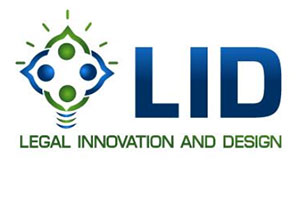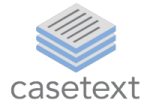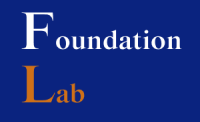
Design Thinking
Design thinking is an iterative, human-centered problem-solving technique, meaning that it focuses on the end user – the person who will be leveraging the solution you design. It is a discipline that uses the designer’s sensibility and methods to match people’s needs desires with what is technologically feasible and commercially viable. Design thinking evolved out of previous design philosophies and was coined by Californian design agency IDEO in 1978 as a method to address open-ended, ambiguous and complex (wicked) problems. It uses a series of five iterative steps (Empathize, Define, Ideate, Prototype, Test), and requires a mindset of empathy, optimism, curiosity and an openness to failing. Design thinking has been used widely in industries across the world, and can be applied equally to finding service or product solutions.


Legal Design
Legal design is the application of human-centered design to the world of law, including legal processes, problems and documents. Legal designers seek to make legal systems and services more intuitive, accessible, and responsive to human needs. Margaret Hagan of the Stanford d.school first contemplated and spawned legal design as a distinct field. Legal designers use process, design thinking mindsets and methods to re-design the world of law. In some instances this may result in a legal process that is re-designed with the end user in mind, in other it may focus on making legal documents more accessible to the people who rely on them.
Process Improvement
Process improvement is simply the practice of identifying and analyzing existing business processes in order to then improve them and optimize performance, increase efficiency and ensure quality of output. The manufacturing industry, as one involving many thousands of processes that often involve risk, has led the way in process improvement practices, and some of the terms we now hear in law had their origins in that industry. Lean, Lean Sig Sigma and Kaizen are some of these methodologies, each of which has been adapted for us in law. Kaizen approaches the business as a whole and encourages standardization, lean is focused on eliminating waste to improve speed of processes, and Lean Six Sigma is focused on both the elimination of waste and the quality of the final product. Lean Six Sigma as applied to law has been formalized by Catherine Alman MacDonagh as a distinct approach, and is now taught by the Legal Lean Six Sigma Institute.

Personas
A “Persona” is a fictional representation of an actual user and is generally applied during the early stages of product development. It can also be applied in service and process design, and in planning communications around the launch, pilot or implementation of technology. A persona reflects the needs of a category of person within an organization, and each organization will generally have multiple persona types. Personas are vital to the success of a product or process because they drive design decisions by taking common user needs and bringing them to the forefront of planning before design has actually started. Taking time to identify the various personas in your organization will allow you to ensure that your solutions and the messaging around them hit the mark.
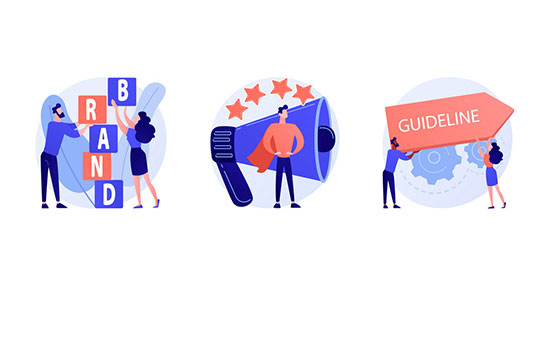
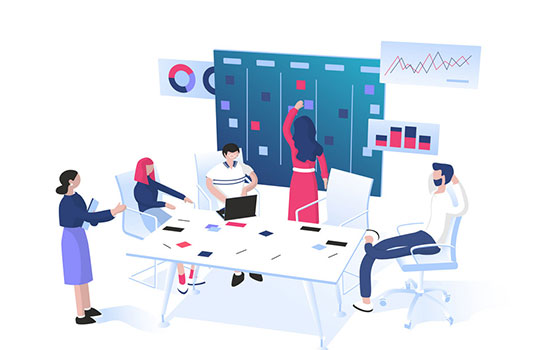
Agile
The Agile methodology was created in 2001 as an alternative to the waterfall methodology of software development. Agile prioritizes individual user needs and working software over excess documentation, and is intended to allow for faster (though more concise) development cycles. Agile process starts by defining users and understanding the scope of the problem to be solved. The product owner works with a multi-disciplinary team to break down the problem into digestible components that are then developed and tested. In the Scrum framework within Agile, a delivery cadence is established in iterations called sprints, where the team commits to delivering on identified priorities within a certain time period. Daily stand-up meetings keep the team on track, and deliverables are tested regularly with users so that development plans can be altered rapidly in light of feedback.
Appreciative Inquiry
Most change management techniques focus on what is not working well in an organization, and how to change those things. Proponents of appreciative inquiry believe that this negative focus will ultimately exhaust those tasked with driving change, and that a more positive approach has a higher likelihood of succeeding. Appreciative inquiry involves speaking to people across an organization, using open ended questions to understand what is working well, and then amplifying those approaches. In their book Switch, Dan and Heath Chip talk about identifying the bright spots in a social system – those that work well – and then finding a way to spread the bright spot methodology across the whole system. Appreciative inquiry is a method of finding those bright spots.


Most Significant Change Technique
The most significant change technique (MSC) uses the collection and evaluation of user stories to identify and emphasize the areas of highest impact on a project. MSN involves multiple stakeholders recording and monitoring change efforts during a large scale project. The process requires collection of stories of change, then the systematic selection of the most significant of these stories for repetition within larger groups to help re-focus change efforts and attention on areas that will have the greatest impact.
Blue Ocean Strategy
In business theory, red oceans and blue oceans denote the market universe. Red oceans represent existing industries in the current market space. These “oceans” are full of competitors fighting for market share. Blue oceans, by contrast, represent unknown market space – the territory of new opportunities defined by as-yet undefined customer demands. In developing a business strategy, entrepreneurs and organizations should consider whether they are best placed to develop a best-in-class product to compete in the existing “red” ocean, or whether it will be more effective to focus on differentiating and innovating a product such that it is able to create blue ocean space and an entirely new product market.

